El Niño increases global health threats that require a One Health response
By Laura H. Kahn | July 13, 2023
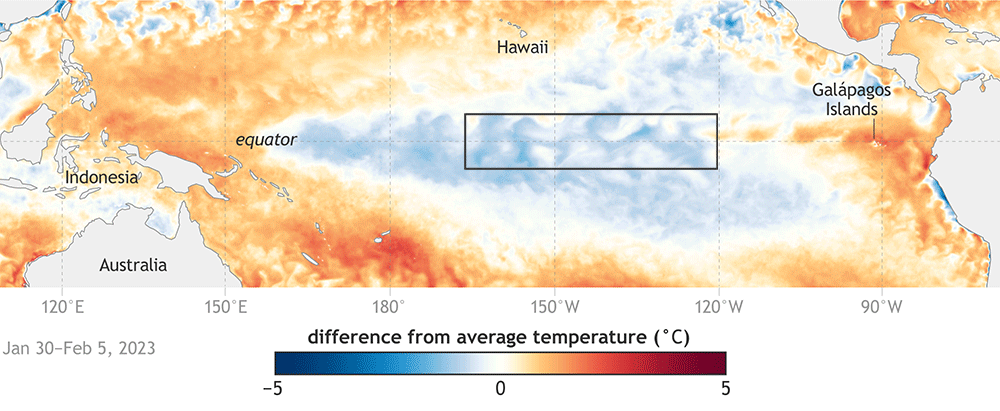
According to the National Oceanic and Atmospheric Administration (NOAA), El Niño is here. Its arrival likely augurs an increased occurrence of health threats around the world. Brought on by deviations in sea-surface temperatures, El Niño negatively impacts human, animal, and plant health—and their interconnections. According to the World Health Organization (WHO), the changing atmospheric conditions brought on by El Niño will increase the risks for droughts, fires, floods, and storms that can lead to the increased incidence of vector-borne diseases, food insecurity, and heat stress, among other health threats.
As the world enters an El Niño cycle made more extreme by climate change, effective responses must be grounded in a “One Health” approach that deals with the interconnections of humans, other animals, and plants and incorporates scientific understanding, technological advancements, and effective public policy. More resilient crops and effective vaccines and insecticides will be crucial to safeguarding global health. So will political skill, as local and national leaders around the world deal with public perception problems and political opposition to strategies that will be needed to reduce the potentially enormous health impacts of a warming world.
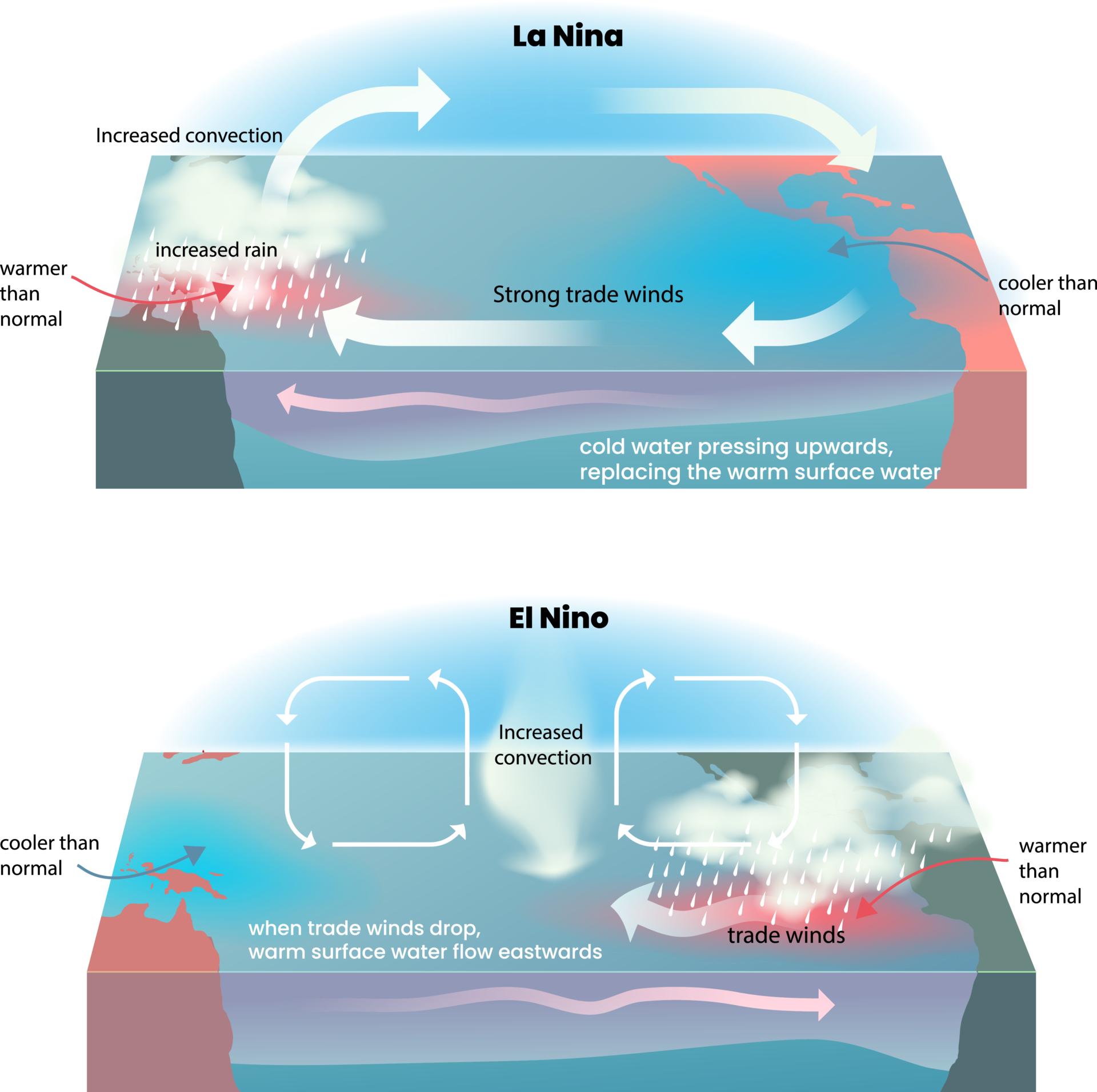
El Niño and public health. Each year, sea-surface temperatures, air pressure, and other atmospheric conditions naturally vary across the east-central equatorial Pacific Ocean. Every two to seven years, deviations above or below the average sea-surface temperature occur in fluctuating phases, known as the El Niño-Southern Oscillation (ENSO). Above average sea-surface temperatures are called El Niño, and below average temperatures are called La Niña. These variations can last anywhere from nine to 48 months for El Niño and 12 to 36 months for La Niña; both of these cycles have wide-ranging impacts around the world, including changes to rainfall and wind patterns.
In the continental United States, the strongest impacts of these variations are typically felt during the winter months, when the Pacific jet stream shifts south during El Niño. This southward shift results in cooler, rainier conditions in the southern parts of the country and warmer, drier conditions in the north. Alternately, during La Niña the opposite occurs as the jet stream moves north.
Globally, El Niño will increase or decrease rainfall depending on location. Asia, Australia, India, and southern Africa will experience warmer, drier conditions. Central America will have excessive rainfall along the Caribbean coasts while the Pacific coasts are dry. Parts of South America will be wetter than usual.
The impacts of shifting climatic phases can lead to a broad range of extreme weather events. During the 1982-1983 El Niño, considered one of the worst in recent history, the trade winds that normally blow east to west across the Pacific reversed, leading to weather-related disasters on almost all continents. Since ENSO involves not only ocean temperatures but also atmospheric circulation, both must be considered when talking about El Niño’s effects. The atmospheric circulation around the Maritime Continent, the region between the Indian and Pacific Oceans, is called the Walker Circulation. Normally, the Walker Circulation blows from east to west across the tropics where the ocean temperatures are warmer. El Niño shifts the Walker Circulation by moving warm waters to the east. In some cases, the loop is reversed with resulting severe weather effects.
During the 1982-83 El Niño event, shifting trade winds reduced rainfall in eastern Australia and Indonesia, which worsened historically severe droughts. Meanwhile, Peru experienced its heaviest rainfall in recorded history, resulting in at least 1300 deaths and over $10 billion in damage to livelihoods and property.
The shifting winds steered tropical storms towards Hawaii, which was ultimately hit by Hurricane Iwa. That storm, which devastated Oahu, Kauai, and other islands, was Hawaii’s worst hurricane since 1959. Meanwhile, in the continental United States, there was widespread flooding in the south and a winter without snow in the north.
Even though the damage brought on by ENSO can be significant, the disruptions have historically been generally predictable. Unfortunately, excessive greenhouse gas emissions are throwing a wrench into the planet’s natural temperature rhythms. NOAA estimates that rising global average temperatures could lead to more extreme El Niño and La Niña events that occur more frequently and have stronger impacts than they have had historically. The resulting weather events foster and exacerbate the conditions for disease outbreaks, crop failures, and heat stress.
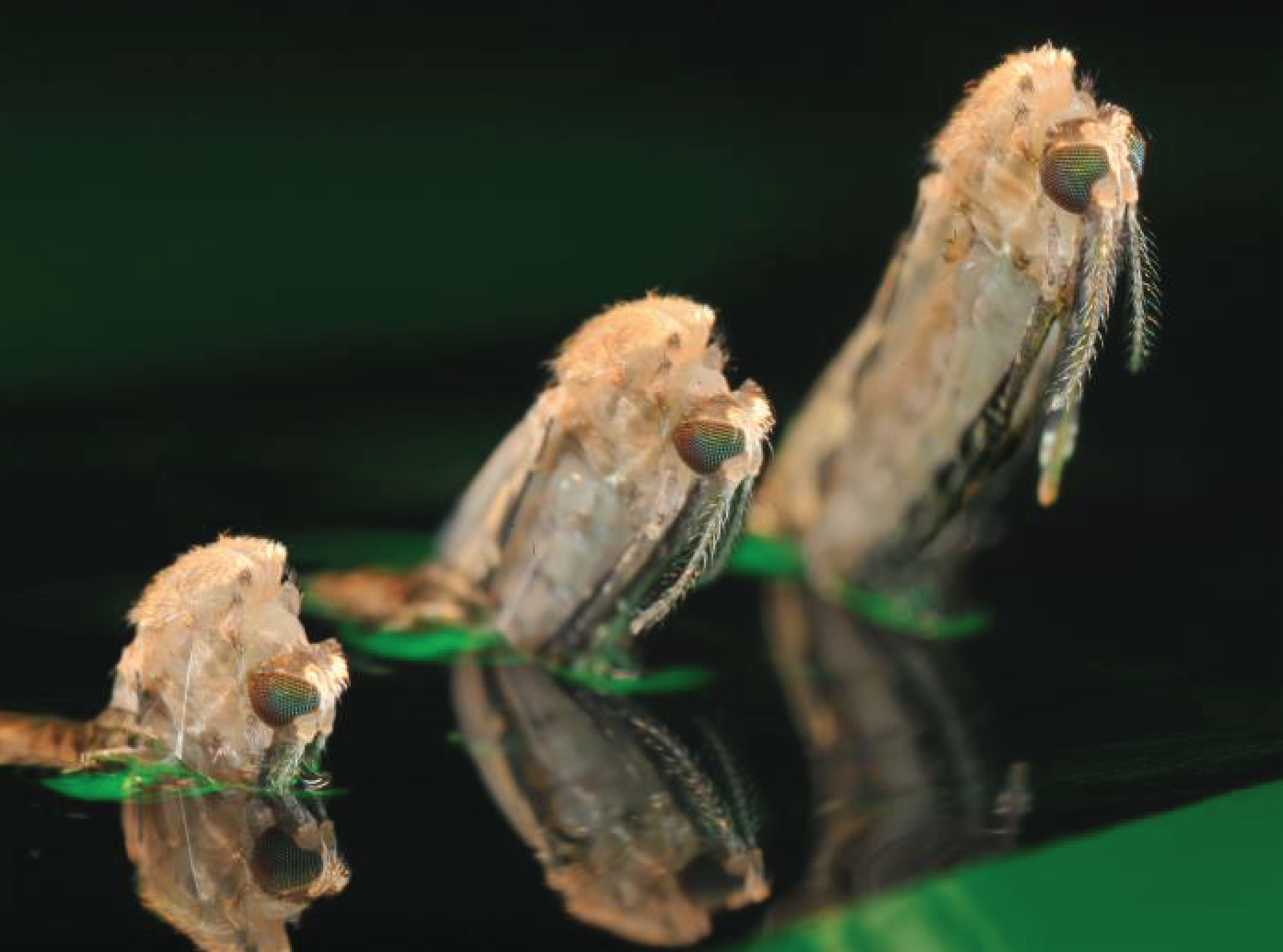
The spread of vector-borne disease. The ancient Greek physician Hippocrates recognized that low-lying swampy areas during warm seasons led to disease outbreaks, but the specific agent of spread remained unknown. It wasn’t until several thousand years later that researchers proved the connection between mosquitoes and the warm, wet areas where they reproduce and spread diseases like yellow fever and malaria.
Today, arthropod-borne viruses, known as arboviruses, are spread by mosquitoes, ticks, and sandflies. Some of these viruses cause diseases with neurological conditions, including encephalitis, that cause brain inflammation—and vaccines are available only for some of them.
There are over 100 known arboviruses that infect humans and over 40 that infect domestic animals. These viruses cause severe diseases, including dengue, yellow fever, West Nile virus, Japanese encephalitis virus, Rift Valley fever, Nairobi sheep disease, Venezuelan equine encephalitis virus, and bluetongue. Of these, dengue is the most prevalent arbovirus worldwide and is spread by Aedes aegypti mosquitoes.
Their ubiquity and adaptability make mosquitoes the deadliest creatures on the planet, killing more than 700,000 people per year, largely through the spread of malaria parasites and arboviruses like dengue and yellow fever. Sometimes mosquitoes can kill even without spreading disease, killing livestock by sucking the blood right out of them. After a hurricane in the fall of 2020, farmers in Louisiana found hundreds of their cattle dead after massive clouds of mosquitoes had exsanguinated the animals, causing them to die from severe anemia.
As global average temperatures climb, higher levels of humidity around the world have allowed mosquito populations to surge and spread. Using mathematical models, the range of these mosquitoes is estimated to have increased by almost 10 percent globally over the past century and is predicted to increase by 20 to 30 percent by the end of the 2100—even under a low carbon emissions scenario. Another study similarly concluded that rising global temperatures from climate change may be contributing to an expanding range of mosquito-borne diseases to higher altitudes and more temperate regions.
Since 1951, malaria has been effectively eliminated in the United States as widespread swamp draining, urban development, and other measures stopped transmission. Recently, however, non-travel-related malaria infections have been confirmed in Sarasota County, Florida and Cameron County, Texas. All the infected received treatment and are reportedly recovering.
Unfortunately, increasingly extreme El Niño events will likely make future vector-borne disease outbreaks worse.
RELATED POSTS
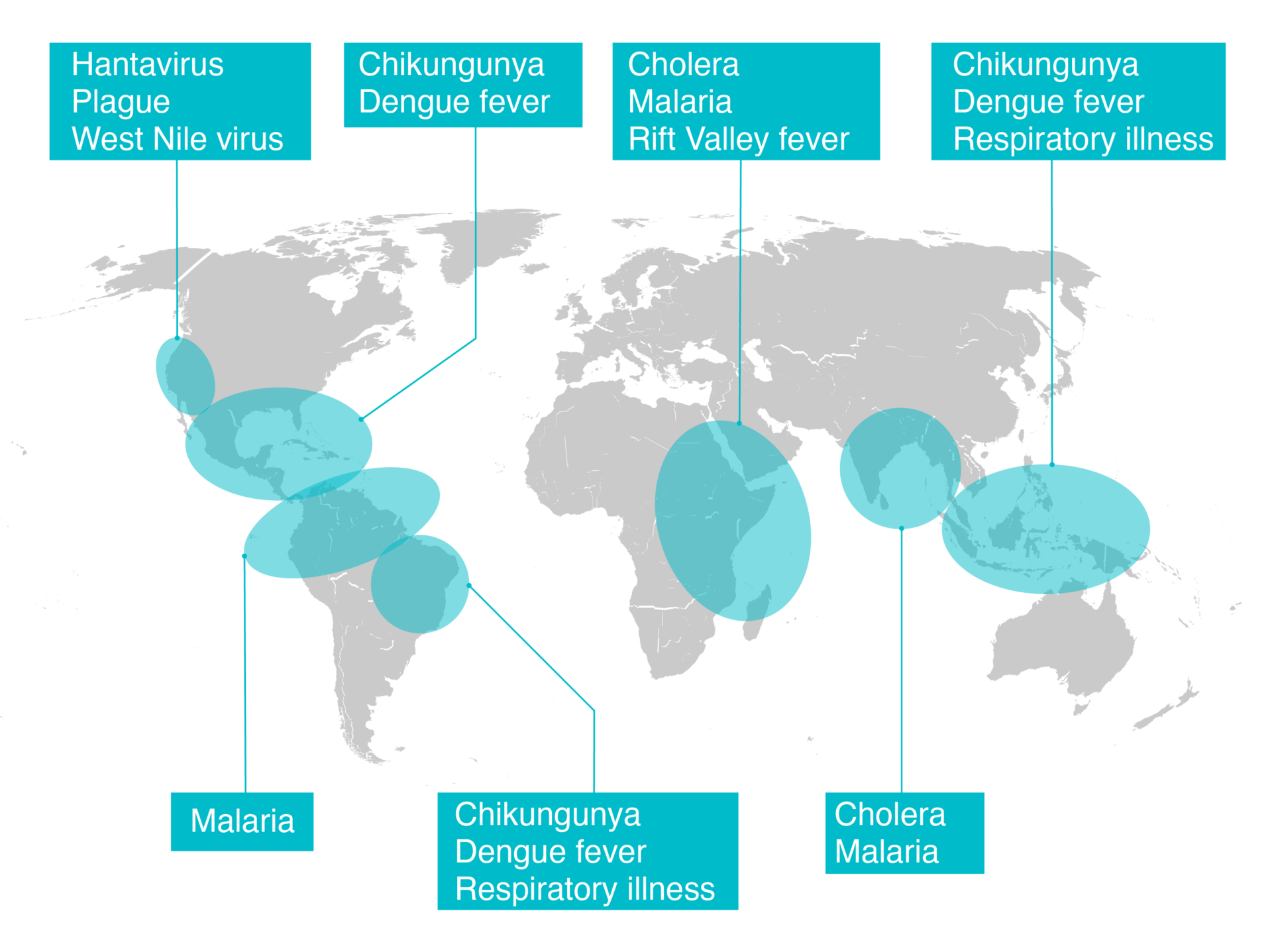

El Niño-related disease outbreaks. As the world enters a new El Niño cycle, changes in temperature and precipitation will again bring changes to the range and prevalence of vector and water-borne diseases. Looking to previous cycles can help guide the response.
During the 1982-83 El Niño event, vector-borne diseases spread by arthropods increased. In the US, these conditions led to encephalitis outbreaks in humans and animals. In addition, cases of flea-spread, rodent-borne plague exploded. Nineteen cases of human plague were reported in Native Americans, seven of whom lived on a Navajo Reservation in northeastern Arizona and northwestern New Mexico. Three of the 19 plague cases were fatal. These plague cases constituted the largest number since 1975, which was, coincidentally, preceded by a strong El Niño event of 1972-73.
A study published in 2019 found that as a result of the 2015–2016 El Niño event, shifts in rainfall and temperatures led to disease activity that was 2.5 to 28 percent higher than non-El Niño periods.
In some areas, disease outbreaks were associated with increased rainfall. This was the case in Colorado and New Mexico, which saw plague outbreaks, and Tanzania, which experienced outbreaks of water-borne diseases like cholera. A large cholera outbreak also occurred in Tanzania during the 1997–1998 El Niño event. In other countries, outbreaks were associated with increased land surface temperature. For example Southeast Asia and Brazil saw outbreaks of dengue.
In El Niño sensitive regions in East Africa, cholera incidence increased three-fold. Paradoxically, some outbreaks were associated with dry conditions, others with wet conditions. While cholera is considered a water-borne, not a vector-borne disease, its occurrence is strongly linked to environmental conditions.
Food insecurity and a changing climate. During the 2015-2016 El Niño, the WHO estimated that more than 60 million people were affected worldwide, particularly those living in developing countries. Severe drought led to reduced access to food and water. The drought killed crops leading to food insecurity and malnutrition, but some regions experienced above average rainfall leading to floods. From the Amazon rainforest to Ethiopia, diverse regions experienced severe drought, crop failures, and famine.
In general, crops don’t grow well with extreme climate variability. However, some fare better than others. Maize, rice, soybeans, and wheat are the main cereal and legume crops, providing almost 60 percent of calories worldwide. El Niño’s impact varies, depending on crop types and geographical locations. For example, it might improve global mean soybean yield in the United States and Brazil but reduce maize production in the southeast United States, China, Mexico, and East and West Africa.
According to one report, the 1982-83 El Niño event was responsible for the largest synchronous global crop failure in modern history, with global financial losses in the trillions of dollars. Recovery efforts from such shocks can be costly and time-consuming as well, with economic activity slowing in the aftermath of El Niño. Globally, the 1982–83 and 1997–98 El Niño events led to economic losses of $4.1 trillion and $5.7 trillion, respectively. Most of those losses were in poor countries in the tropics. This year’s El Niño could inflict $3 trillion worth of damage on the global economy.
Reduced rainfall appeared to more strongly affect maize than wheat or soybeans. Rice yields in Asia, meanwhile, have benefitted from El Niño’s increased rainfall during the northeast monsoon season. Crops that are able to withstand droughts and floods are needed for global food security. Genetically modifying crops that can withstand current and future environmental insults are arguably the best food security strategy, despite public opposition in many countries.
Some crops tolerate heat and drought better than others. Figs, grapes, and some berries withstand dry conditions. The Green Revolution led to genetically modified crops to stave off famine, but it came with the environmental costs of intensive agriculture, among them a reliance on pesticides, water overconsumption, and air pollution.
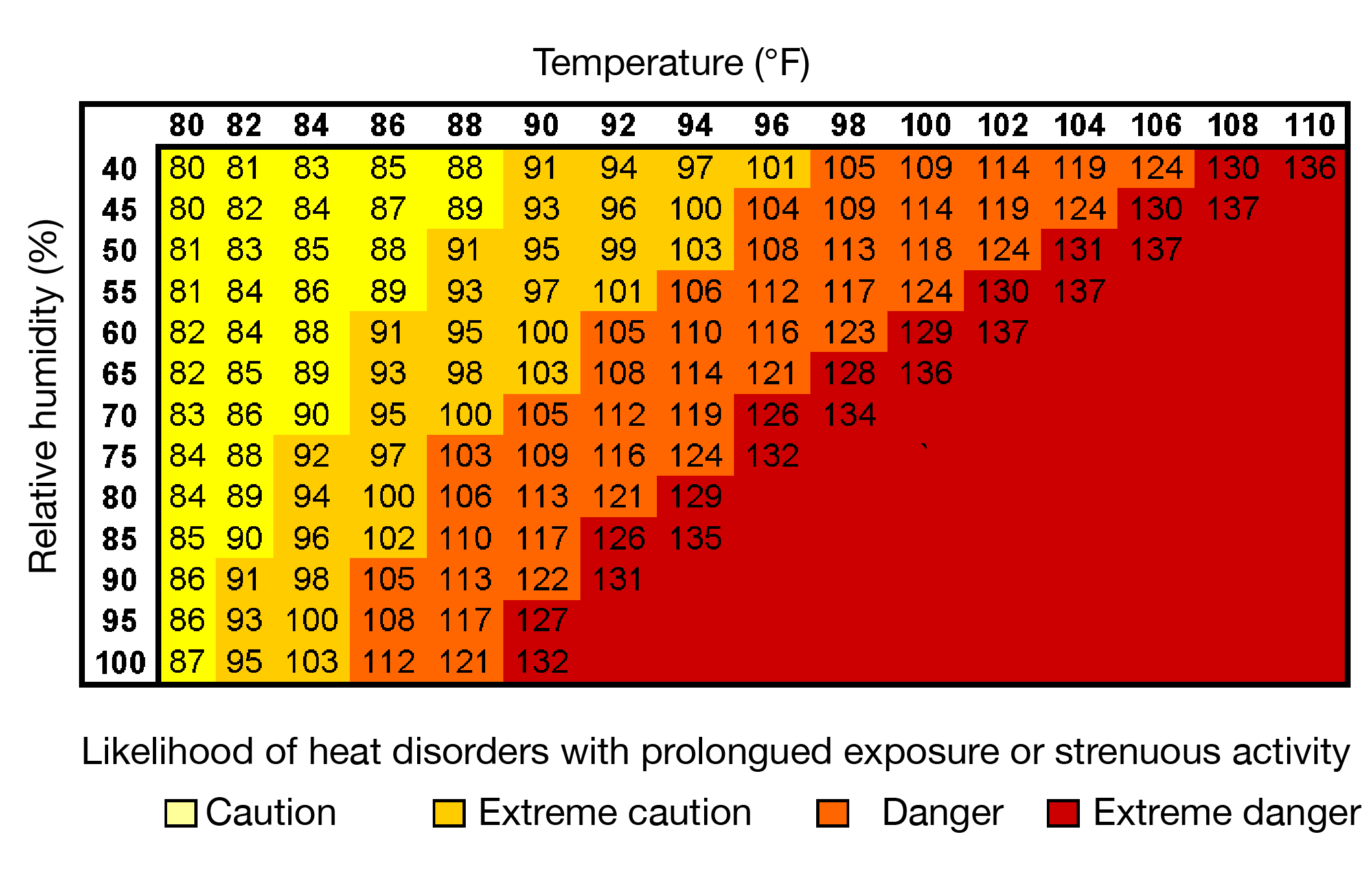
Heat of the moment. In early July, World Meteorological Organization Secretary-General Petteri Taalas announced that the onset of El Niño would greatly increase the likelihood that temperature records would be smashed around the world. A few days later, the European Union’s Copernicus Climate Change Service confirmed that global temperatures had reached their highest level since it began recording in 1940. That record will likely be broken multiple times this summer. Specific areas of concern are in southern South America, the southern United States, the Horn of Africa, and central Asia.
Humans and other animals can tolerate heat only up to a point. Sweating helps cool the body, but it requires drinking fluids to replenish lost water and electrolytes. The maximum room temperature that a human could probably withstand is 115 degrees Fahrenheit, as long as that individual is at rest, in a room with less than 10 percent humidity, drinking fluids continuously, and wearing minimal clothing. Exercise is out of the question. (Recently, a father and his stepson died from heat stress while hiking in Big Bend National Park in Texas. The temperature was 119 degrees Fahrenheit, the second highest reading ever recorded in the region.)
It’s not just humans that need to be concerned. Dogs don’t sweat and are very sensitive to heat and pant to evaporate moisture from their lungs. Their temperatures should not exceed 100 degrees Fahrenheit. Dogs left in cars on hot days may suffer from organ failure and death.
Some livestock tolerate heat better than others but still may not be prepared for a severe El Niño. Cattle are the most sensitive type of livestock in regard to heat, and dairy cattle are more sensitive to heat than beef.
And if you thought you were safe in the water, think again. During the severe 2015–2016 El Niño event, warmer than usual ocean temperatures likely contributed to the record number of 98 shark attacks around the world, with six fatalities.
A systematic approach to preparedness and prevention. The combined effects of El Niño and climate change will require governments around the world to use a systematic approach, incorporating public education, ingenuity, and strategic thinking to reduce vector-borne diseases, food insecurity, heat stress and other health threats. Previous El Niño events can help guide response efforts, but past performance is not a guarantee of future results, especially in a changing climate on a warming planet. The best strategy is to prepare for the challenges ahead while reducing greenhouse gas emissions as soon as possible, recognizing global temperatures as a threat multiplier that will affect the entire planet.
Efforts to deal with vector-borne diseases will require new approaches. Mosquitoes are important food sources for many animals, including birds. Widespread use of pesticides is not the answer to mosquito-borne illness; insecticides like DDT were disastrous for human, wildlife, and environmental health. So health authorities need to develop better insecticides for personal use as well as safe and effective vaccines to deploy against the pathogens that mosquitoes carry.
Research is under way to develop heat-, drought-, and disease-resistant livestock and crops via genetic engineering. Unfortunately, there is widespread political opposition in many countries to anything labelled with the acronym GMO (for genetically modified organism). While some insist that small scale organic farming is the answer to the food challenges that climate change and variability pose, it’s not clear if such a strategy could possibly feed eight-plus billion humans over the course of the 21st century.
As the world enters another El Niño cycle made more extreme by climate change, the interconnections between human, animal, and plant health are increasingly apparent. The immediate risks posed by extreme weather events, disease outbreaks, food insecurity, and heat stress will require education and ingenuity to manage via a comprehensive One Health approach that combines scientific understanding, technological advancements, and effective public policy at the local, national, and global levels. Efforts to develop resilient crops and effective vaccines and insecticides are crucial to safeguarding global health. However, these endeavors must also be pursued in a complex terrain of public perception and political opposition. Surviving on an increasingly hostile planet will depend on our ability to work together in navigating through a storm of our own making.
Together, we make the world safer.
The Bulletin elevates expert voices above the noise. But as an independent nonprofit organization, our operations depend on the support of readers like you. Help us continue to deliver quality journalism that holds leaders accountable. Your support of our work at any level is important. In return, we promise our coverage will be understandable, influential, vigilant, solution-oriented, and fair-minded. Together we can make a difference.
Keywords: El Nino, climate change, extreme heat, outbreaks, sharks, temperature records
Topics: Biosecurity, Climate Change














